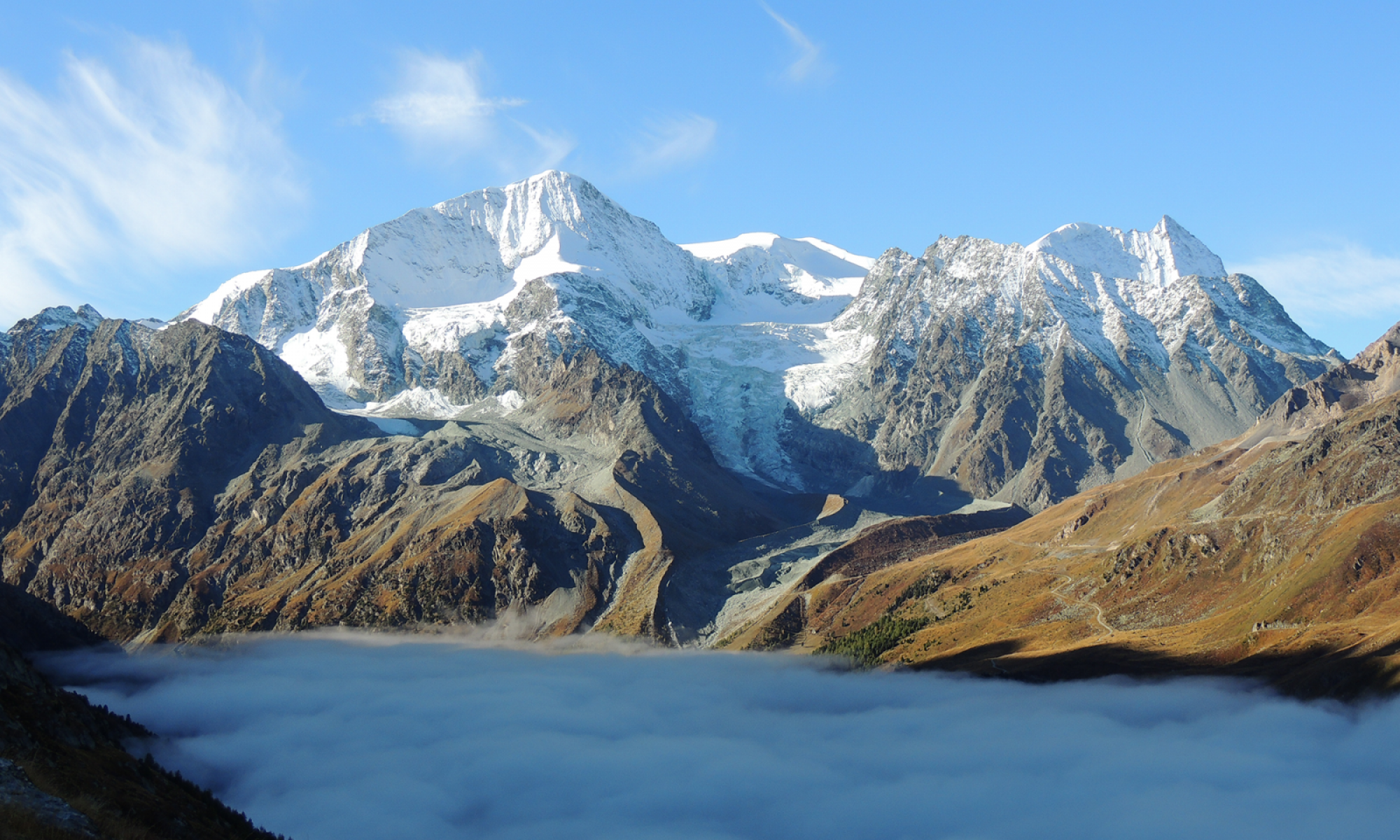Former Group Members
Dr. Jean-Baptiste Bosson, PhD (2010 – 2016). The number of small debris-covered glaciers in high relief and permafrost environments is increasing in the current climatic context. In comparison with bare-ice glaciers, these systems experiences particular responses to climatic forcing due to the influence of debris, permafrost conditions and topography. This contribution synthesizes the existing literature and the results of five years of field researches on these complex and understudied systems. While glacial (and deglaciation) dynamics where observed, some systems illustrated the transition from glacial to periglacial morphodynamics, and thus, the local increase of resilience to ongoing warming. More details here.
Dr. Nicola Deluigi, PhD (2013 – 2018). The objective of the thesis was the systematic and detailed investigation of the potential of data-driven techniques for mountain permafrost distribution modelling. Among the applied machine learning algorithms, Random Forest demonstrated to be efficient for permafrost distribution modelling thanks to consistent results that are comparable to the field observations. The employment of environmental variables illustrating the micro-topography and the ground characteristics (such as curvature indices, NDVI or grain size) favoured the prediction of the permafrost distribution at the micro scale (scale of a specific landform; tens to several hundreds of metres). A probability map was finally computed without recurring to altitude thresholds (above which permafrost may be found) and the representation of the strong discontinuity of mountain permafrost at the micro scale was well respected. More details here.
Dr. Elisa Giaccone, PhD (2016 – 2020). Within my doctoral Thesis I investigated the relationships between geomorphology and alpine vegetation. More in detail, I quantified how morphodynamics of landforms and earth surface processes (solifluction, rill erosion, nivation and frost weathering) affect plant communities and species richness. Another part of my research focused on the development of a methodology to obtain a granulometry classification starting from high resolution images, as well as the elaboration of a semi-automated method to map geomorphological landforms using multiple point geostatistics approach and Random Forest. More details here.
Dr. Jacques Mourey, Post-Doc (2020 – 2022). Through an inter- and transdisciplinary approach, I have worked on the effects of climate change on sports and nature-based tourism in the mountains, particularly outside ski resorts. My first research focus was to assess the effects of climate change on the conditions of practice of these activities (seasonality, dangerousness and technicality), in particular for mountaineering and hiking. Based on the result of that first research line, I also studied the adaptation of practitioners – professionals and amateurs – in order to highlight and better understand their vulnerability to climate change. The objective was to make knowledge available to stakeholder in the field and promote the implementation of adaptive behaviors.
Dr. Sebastian Vivero, PhD (2016-2022). My research interests lay between mountain geomorphology, glaciology and remote sensing techniques. I have mainly worked in the Swiss Alps, the Southern Alps of New Zealand, the Chilean Andes and the Antarctic Peninsula. My PhD research was mainly focused on the deployment of UAV surveys to study complex rock glacier changes at very high spatial resolutions. This included the deployment of several UAV missions and ground control measurements in the Valais Alps and the Dry Andes of Chile.
